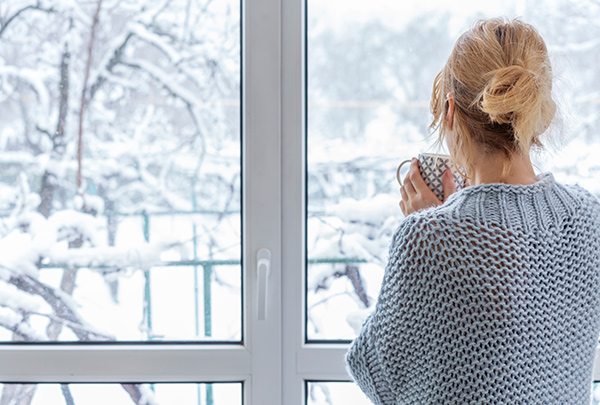
People have believed for thousands of years that the weather affects joint pain, but there hasn’t been much scientific evidence to prove it. However, a recent study in the UK called “Cloudy With a Chance of Pain” found that some weather variables were significantly associated with increased pain.1
Another study conducted on 712 people with osteoarthritis, had 469 people (69%) report their joint pain to be weather sensitive.2 Other studies conducted on people with rheumatoid arthritis demonstrated similar results. Interestingly, it is the changes in the barometer that affect joint pain and not the low barometric pressure itself.
Why does this change in the weather seem to trigger joint pain? Here are some theories that may explain why.
- Barometric pressure changes cause expansion and contraction of the ligaments, tendon, and cartilage within the joint and causes the increase in pain.
- The wearing down of the cartilage within the joint that occurs with osteoarthritis exposes nerve endings, which pick up pressure changes resulting in pain.
- The viscous joint fluid, which is supposed to reduce friction between the bones in the joints, becomes thicker in cold weather which results in joint stiffness and pain.
- In colder temperatures, your body naturally routes blood away from your extremities to your vital organs. This takes warmth away from your arms or legs and your knee joints, which can make them ache.
- People are less active when the weather is cold and wet. We stay indoors and tend to move less. Inactivity worsens joint pain in people with arthritis.
- Another explanation may be the link between Vitamin D and joint pain. We get Vitamin D from the sun, and in the winter, the days are shorter and we spend more time indoors. Some studies have linked less vitamin D with increased pain.
Future studies may further explore the connection between weather and joint pain. A deeper understanding of the connection could open new possibilities for treatment.
To help reduce weather related joint pain, try taking warm showers to soothe aching joints, dress appropriately with warm clothing, use over the counter medicines as recommended by your doctor, and stay active by exercising regularly. Always warm up properly when exercising, especially in the colder months. Make an appointment with Dr. Ehmke if your joint pain continues even after trying these recommendations.

Dr. Andrew Ehmke
Dr. Andrew Ehmke is a board-certified and fellowship-trained joint replacement surgeon specializing in robotic-assisted and minimally invasive hip and knee replacement in Chicagoland.





